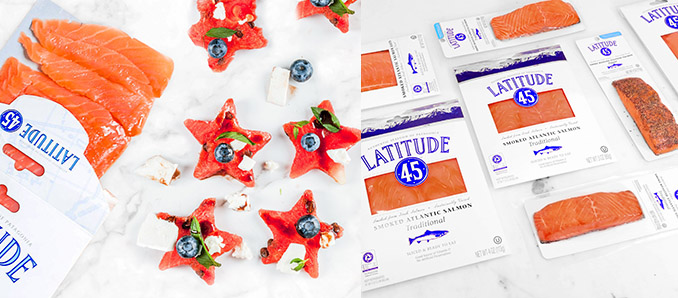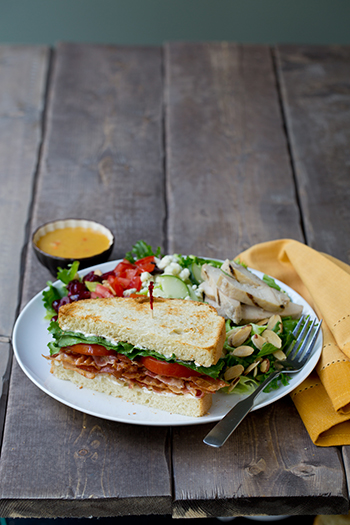Restaurant review sites are a lucrative and interesting venture for those who love food and dining experiences. The quality of reviews varies greatly – from simple Google restaurant reviews, detailed reviews from food critics.
If you want to explore your essay writing talents in the field of food critiquing, and are asking the question if EduBirdie can write my essay, then this 10 tips on how to write a restaurant review will prove beneficial. We explore this subject in the text below and offer a detailed guide on how to formulate a comprehensive restaurant review.
Before entering the restaurant
Before even stepping foot in the restaurant, there are several steps you should undertake. We advise looking at free essays, an essay assistant, or free essay writer to get started – having help can make the initial reviews easier, and help you build confidence.
- Research the establishment beforehand
A review should be unbiased, but you should still have a basic understanding of the establishment before you visit.
We advise performing a simple background check – look at the restaurants website and see what they have to offer. You can at least gain an idea of what foods you would like to try. Furthermore, you can see how they market their venue – when you visit, you can see if their marketing is effective and reflective of the service and food they provide.
- Create a review template
A generic template is a great idea to help keep your thoughts focused and your ideas streamlined. Furthermore, having a template in-mind can help make your reviews flow better.
The template doesn’t have to be detailed – you could simply outline different areas you wish to cover and have a basic file structure that you can easily edit afterwards.
- Create a standardized set of reviewing criteria
Building on the above point, you should also outline a basic evaluation criterion. If you intend to create multiple reviews, they must be consistent – your readers should know what to expect. In addition, for a fair comparison, two restaurants must be evaluated on the same factors.
Examples of criteria you could include are ambience, table service, food quality, cleanliness, and the interior design.
Whilst inside the restaurant
Now that you have prepared your review template, it is time to step foot inside and enjoy the experience. Never forget this – reviewing a restaurant shouldn’t be a chore. You should enjoy what you do and have fun!
- Be unbiased, and honest
If you want to be a true food critic, you must be unbiased. We can tend to skew our perceptions depending on the individual situation.
For example, maybe a friend recommended this amazing restaurant, and you didn’t really enjoy it. However, because you don’t want to upset them, your review doesn’t reflect your true feelings – try and avoid this! Be true to yourself and always be completely honest.
- Review a limited selection of cuisines
Whilst you may be tempted to sample the whole menu because it all looks so delicious, this can reduce the quality of your review. Your recollections could become clouded, and you may confuse different dishes.
To create a good restaurant review, we advise sticking with a handful of dishes – a starter, main, and desert, for example. This will allow you to focus your review and concentrate fully on these items. If you want to experience more – you could always go back and create a second review with different dishes!
- Look objectively at both the pros and cons
In most instances, no restaurant is perfect. No matter how inconsequential, you should always list both pros and cons. This ensures that you provide an objective review and an honest opinion to your readers – never gloss-over the cons.
- Always be a customer
Once you become established as a reviewer, you may be tempted to announce this to the restaurant before you visit.
We strongly advise against this. Your reviews should be unbiased and neutral. If you tell the proprietors of your intentions, they may give you preferential treatment, for example. This could invalidate your whole review! Always enter the restaurant as just a customer and never reveal your true intentions.
After your dining experience
So, you have enjoyed (hopefully), a superb meal and your waistline feels a little tight. Now is the time to knuckle down and compile your article.
- Create a draft review
Your head should hopefully be bursting with ideas and the joys of the cuisine you have experience. Now is the time to start your article whilst the memory is fresh.
Always create a rough draft first as soon as possible after your dining experience. This ensures that your memories are accurate – you may still even be able to taste the food!
- Summarize with an overall opinion and rating
Your review should also have a conclusion – an opinion, and ideally a rating that readers can easily understand. You could use a star rating, for example. Alternatively, you could use a worded rating – poor, okay, good, excellent, for example.
Regardless of which rating system you use, ensure that there is a small section clarifying what each rating value means. This gives clarity to your readers and helps them understand exactly what you meant.
- Proofread and edit
Finally, once the draft is completed, you should always proofread and edit. Use an automated spelling and grammar checker like Grammarly – you should never publish a review that is littered with errors, no matter how compelling it is.
Also, proof read and re-read what you have written – ensure it reads correctly, and that you have portrayed the restaurant as you intended.
Creating restaurant reviews is a great career path – it is also fun to do. You can sample a myriad of different cuisine, but also hopefully make a living doing what you enjoy!







